PR today is no longer just about having strong media relations: Asif Upadhye
In the last 10 years, PR has taken a different dimension, especially after the entry of social media and the rapid shift to digital during the pandemic period. At the same time, the industry has been facing stiff challenges, moreover client expectations have also increased, with more emphasis being given to digital and online reputation management. The industry has undergone a radical shift and the current times have pushed the industry to change gears.
In conversation with Adgully, Asif Upadhye, Director, SPRD, speaks about how to tailor public relations strategies to align with each client, unique and innovative approaches from SPRD, handling crisis communication for clients, and more.
How do you tailor public relations strategies to align with each client’s specific goals and target audience?
When you look at clients, three things remain specific – their services, their target audience and every single touch point of influence for their target audience. Can we catch them at a nook, nudge them at a corner? Platforms, formats and reach of each medium play a huge role too. All in line with the client story, USP and business objectives. Considering no two clients are the same, even if the industry is, the only way is to truly understand their business and goals.
Once necessary information is in place, we then put together a data-driven, perceptive mix of storylines while exploring alternative platforms and formats that meet the overall campaign goal, roadmap, budget, and timeline. While it might seem easy, it is important to remember that a one-size-fits-all approach can be the death of a PR strategy. The trick is to be able to recognise what your client needs versus what they want, and run with it!
How do you handle the integration of public relations efforts with other marketing and communication channels, such as advertising or social media marketing?
As a digital first PR agency, we understand the importance of integrating our efforts with other marketing and communication channels. For us, what matters is the client goal and story and we often collaborate across agency partners to align messaging, brand positioning, and campaign strategies. By sharing insights and data in real time, the integration of PR efforts with advertising and social media marketing almost becomes second nature. This integration allows us to leverage the strengths of each channel, maximise reach and engagement, and maintain an interactive tone towards our strategies. We see social media and other mediums to reach clients as merely an extension of the strategy. Or sometimes, the starting point. And you know what they say about integrated communication that is transparent, consistent, and authentic – it never fails.
Could you tell us about any unique or innovative approaches that your agency has taken to generate media coverage and enhance brand reputation for clients?
A good story works wonders! When it comes to elevating a brand’s reputation, we knuckle down on every aspect of their narrative (the good, the bad and the ugly) allowing us to fully grasp their brand identity. Another approach that has stood the test of time is the holistic route, where we touch upon all aspects of a client’s service offerings by developing comprehensive strategies that work across a plethora of platforms. Each initiative is creatively designed with the aim of fostering meaningful connections between the brand and its audience, which automatically results in impactful media coverage.
How do you handle crisis communications for clients?
Given how fast information travels today, negative feedback can quickly spiral into a full-blown crisis. Truth be told, in most cases, you’re not prepared for them, and in the rare cases when you are, there are still some loose ends that require tying up. Over the years, we’ve learned a fair bit about what brands can do to be prepared for the worst. Here’s what works for us:
Anticipate what could go wrong
Conducting regular risk assessments and scenario planning can help identify vulnerabilities and develop effective strategies to mitigate potential crises.
Respond to negative feedback
Actively listen to your consumers and acknowledge their concerns. Promptly address issues and provide transparent and genuine responses to demonstrate your commitment to resolving the situation.
Make trust a priority
Maintaining consistency in messaging across all channels is key and demonstrating a genuine understanding of your consumers' concerns can go a long way in rebuilding trust during challenging times.
Any PR professional worth their salt will tell you how important it is to respond to a crisis (no matter how small) in a timely and strategic manner. But before shifting into crisis management mode, we make sure that we know which situation needs to be classified as a crisis, when and if a client has to address negative feedback, and what their key agenda is when navigating murky waters.
What sets your agency apart from others in the public relations industry, and why should clients choose to work with you?
The PR industry is a cluttered space and news is transient. But we’re no stranger to breaking right through it. With out-of-the-box ideas, a digital first approach to ROI and a bouquet of service offerings is what sets SPRD/ Spread apart. PR today is no longer just about having strong media relations and managing crisis situations. Standing out from the crowd requires driving advocacy, building effective response management metrics, and creating content that speaks to people, all at once.
Why?
Well, it’s simple. Because your story matters. We just SPRD the good word.



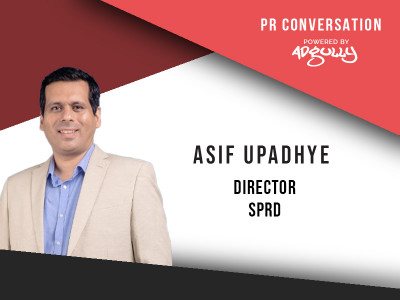


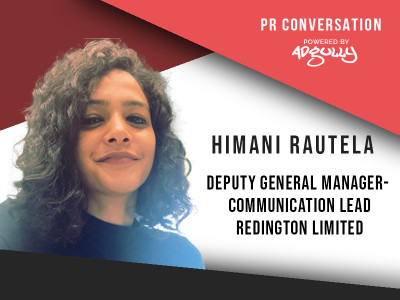


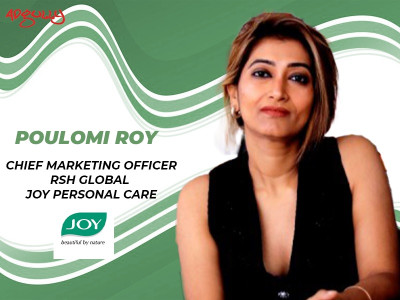




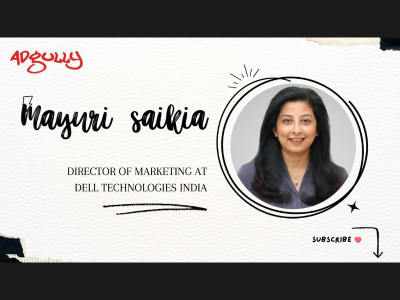

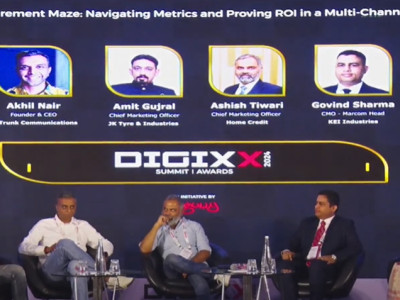


Share
Facebook
YouTube
Tweet
Twitter
LinkedIn